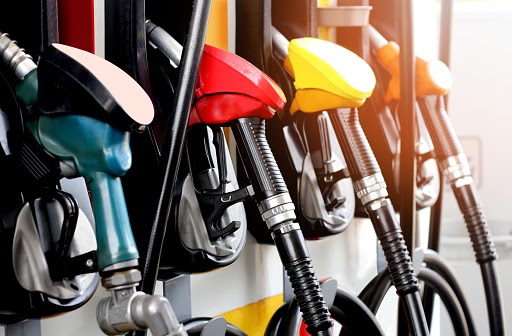You’ve gone for a nice drive into the countryside on a road that follows a flowing river, passing groves of tall green trees. Eventually it’s time to return to town, and a stop at the gas station is in order. Once there, chances are good your natural inclination is to buy the regular fuel over the premium stuff. But are you only doing that because it’s cheaper? Do you know the difference between regular and premium gasoline?
Most people have written off premium simple due to the price, and that’s entirely fair enough. It does usually stand at a significantly higher price, and with how gas prices have been going, there’s no wonder most people avoid it. But if price is less of an obstacle for you, perhaps you’re not really clear on the difference to begin with, and figure you might as well go with the cheaper option.
Difference Between Regular And Premium
When at the gas pump, and selecting your fuel, you’ve probably noticed that each of the buttons has a different number on them, and we’re not referring to the price. primobolan depot That big number on the front refers to the specific fuels octane level. Octane level simply refers to how much compression the fuel can withstand before combusting, the higher the number the more pressure it can take. This helps to reduce the chance of the fuel detonating at the wrong time in the combustion cycle. While unlikely to hurt the engine if it happens rarely, consistent misfires will quickly begin to lower your engine’s performance.
Premium fuel usually has an octane rating sitting around 91 – 93 octane. Some engines do require you to use only premium if they have high compression or turbo chargers. You may get slightly better fuel economy due to the more efficient fuel, but it may not be worth the increased price at the end of the day. It can at times also have better detergent additives to keep your engine in better shape than other gas, but a lot of fuel has standardized the additives. Otherwise the choice is usually up to you, make sure to check your vehicle specifications before you decide.<
Regular gas is typically rated at 87 octane, with the same additive detergents in most cases. Unless specifically stated to run premium, regular fuel won’t make much of a difference in your engine. You’ll be getting slightly less performance at a much cheaper rate. Price, performance, and additives are what the main differences really are between regular and premium gasoline.
There is the idea to use premium in smaller engines where you can to help keep them in better shape, since the cost wont be as high as filling up a car, and they tend to sit for periods between uses. The choice is up to you, you may decide that it makes no difference one way or the other.
What About Mid-Grade
There is of course mid-grade fuel, which we haven’t talked about yet. Mid-grade fuel has an octane level of 89, slightly higher than regular, slightly less than premium. There are very few engines that require the use of mid-grade fuel. If you’re thinking about using a better fuel then regular, but don’t want the cost of premium, mid-grade may be a good option for you.
If performance is not an issue for you, going with the cheaper fuel should be fine. Just make sure you never put a low grade fuel into a machine that requires a high grade, you may develop some difficulties.

